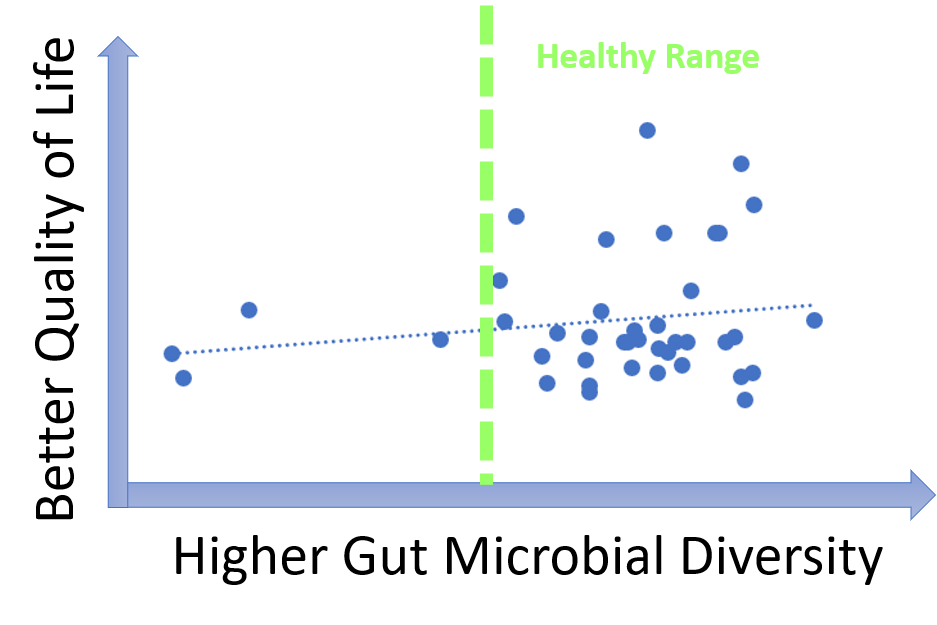The advancements in textile technology led to fabrics that not only clothe us but also promote a healthier and safer lifestyle. From antimicrobial and antioxidant properties to anti-inflammatory and anti-odor capabilities, along with protection against ultraviolet (UV) radiation and repelling unwanted elements, these textiles are setting a new standard for comfort, protection, and style.
In an upcoming paper set to appear in the European Journal of Pharmaceutics and Biopharmaceutics (online ahead of print), the impact of bioactive textiles on human skin microbiota is extensively reviewed.
The paper highlights the growing recognition that textile materials have a profound impact on the microorganisms present on the skin, leading to issues such as biological degradation, loss of strength, elongation, discoloration, and unpleasant odors (see Van Herreweghen et al). The emergence of "maskne," a form of mechanical acne resulting from continuous textile-skin adherence, further underscores the significance of this impact, causing dysbiosis in the skin microbiota and the growth of specific disease-associated species.
Additionally, clothing textiles can act as carriers of microorganisms, posing risks of cross-infection, disease transmission, allergies, and malodors among individuals (reviewed in this paper). To address these challenges posed by microbial growth on textiles, the textile industry has made the search for new bioactive molecules with antimicrobial properties a top priority.
While functional textiles offer promising solutions, further research is needed to fully understand their environmental impact. To enhance the functionality of textiles and mitigate harm, the use of natural dyes derived from herbs, such as black cherry stems and hops flowers, is being explored. This approach not only improves functionality but also aligns with eco-friendly practices. Achieving the full potential of bioactive textiles requires interdisciplinary collaboration, bringing together expertise from various fields to develop safe and effective products that promote human health and safety.
REFERENCES
Suellen Ferro de Oliveira C, Kekhasharú Tavaria F. The impact of bioactive textiles on human skin microbiota. Eur J Pharm Biopharm. 2023 May 12:S0939-6411(23)00118-2. doi: 10.1016/j.ejpb.2023.05.004. Epub ahead of print. PMID: 37182552.
Van Herreweghen F, Amberg C, Marques R, Callewaert C. Biological and chemical processes that lead to textile malodour development. Microorganisms. 2020 Oct 31;8(11):1709.
Gulati R, Sharma S, Sharma RK. Antimicrobial textile: recent developments and functional perspective. Polymer Bulletin. 2022 Aug;79(8):14346-14364, DOI: 10.1080/15440478.2022.2064391













